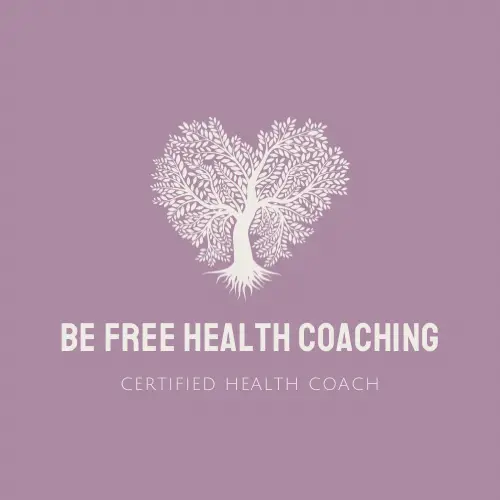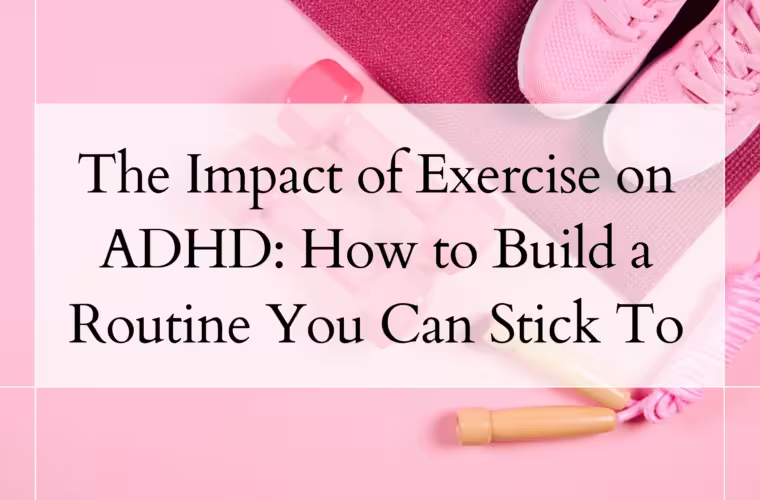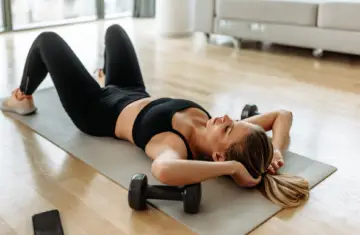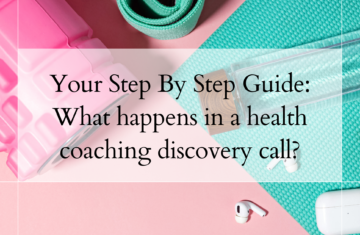It’s likely you already know how beneficial exercise is for your body. But do you know how good exercise is for your mental health? Especially when you have ADHD.
Exercise alone can help manage ADHD symptoms in some cases (although do not attempt to come off ANY medication without speaking to your doctor) Exercise is the most helpful habit you can build to help with your ADHD symptoms.
How Physical Activity Benefits ADHD
Engaging in regular physical activity isn’t just good for maintaining weight. It can lead to significant improvements in concentration, mood, and even impulse control. Here’s why:
Enhances Executive Function: Activities that require coordination and planning can improve executive functions, such as working memory, organization, and flexibility in thinking
Boosts Neurotransmitters: Exercise increases the levels of dopamine, norepinephrine, and serotonin in the brain. These neurotransmitters play a key role in attention and behaviour regulation, offering natural symptom relief for ADHD.
Improves Mood and Sleep: Regular exercise can help alleviate symptoms of anxiety and depression often associated with ADHD and promote better sleep patterns, contributing to overall well-being & better control of those pesky symptoms.
Identifying the Right Type of Exercise for You.
Not all one size fits all. Finding the right exercise depends on personal preferences, lifestyle, current fitness level & body type. While the current trend is to focus more on strength training for women (which is hugely beneficial), when it come to ADHD management, cardio has the most benefits. The best solution, and the one I suggest to my 1:1 clients, is to try both and see what works best for you.
At the end of the day, it it bores you or you dread it, you aren’t going to stick to it longer term.
Consider the following types of exercises to get started:

Aerobic Exercise
Activities like running, cycling, or swimming are effective in boosting brain function and mood. They’re ideal for releasing pent-up energy and improving focus. If you get bored running/ cycling then get outdoors, or try other aerobic exercise that engages the brain. Dance, HIIT, Trampoline Cardio & Zumba are all great options. These activities can be a better choice for those of us with ADHD as they keep our brains engaged to prevent boredom.

Strength Training
Building muscle through weightlifting or bodyweight exercises can help you lose weight & is crucial to maintain muscle mass. Especially for women over 30 as muscle mass starts decreasing more for women once we are in our 30s. If you don’t like the gym then try home workout apps such as Peloton. At home videos & apps can be hugely beneficial for women with ADHD because they give us structure &. something to focus on.

Mind-Body Exercise
Yoga or martial arts not only provide physical benefits but also teach breathing techniques and mindfulness, improving emotional regulation and stress management. Stress can actually prevent you from losing weight (ever wondered why you are working out and eating healthy only for the scales to never go down! Then look at your stress levels).
Try different activities to find what suits you and fits your routine. Aim for a minimum of 30 minutes of moderate-high intensity exercise you enjoy and can commit to daily.
If you are not used to exercise at all start by walking outdoors before adding in more variety. This way you can ease into it and reduce the risk of injury. Set achievable goals, slowly up the intensity and duration and switch things up to prevent boredom.
How to stay consistent?
Successfully losing weight through diet and exercise requires more than just understanding what to eat and how to move. It demands integrating these practices into your daily life in a way that feels both manageable and sustainable. It’s all very well diving into the latest diet or bootcamp to get results, but if you don’t make the long term behaviour changes then you will be back to square one. The diet industry know this full well and it’s how they keep making money.
Instead, ditch the diets & start working n building habits that will last.
Start Small: Begin with small, achievable changes to your diet and exercise routine. Overwhelming yourself with too many changes at once can lead to frustration. Choose one dietary adjustment and one new exercise to incorporate each week.
Plan Ahead: Use meal planning and scheduling workouts as tools to avoid decision fatigue. Preparing meals in advance and setting specific times for exercise can help turn these actions into habits. If this is something you struggle with then make sure to check out my 10 FREE Quick & Easy Recipes for Women with ADHD Who Want to Lose Weight.
Set Realistic Goals: Create specific, measurable, achievable, relevant, and time-bound (SMART) goals for both your diet and exercise plans. Whether it’s adding one serving of vegetables to every meal or exercising for 30 minutes three times a week, having clear objectives can guide your progress.
Incorporate Variety: Keep your diet interesting and your exercise engaging by introducing variety. Trying new recipes or workout routines can prevent boredom and sustain your interest.
Maintaining Motivation and Consistency
Track Your Progress: Keep a journal or use an app to monitor your dietary choices and physical activity. Seeing your progress over time can be a powerful motivator.
Seek Support: Share your goals with friends, family, or a support group. Having others to encourage you, share tips, and even join you in your healthy habits can boost your motivation.
Reward Yourself: Set up a reward system for reaching your goals. Choose rewards that celebrate your success without undermining your efforts.
Remember Your Why: Keep in mind the reasons you’re adopting these changes. Whether it’s to reduce ADHD symptoms, improve overall health, lose weight, or feel more energised, reminding yourself of your motivations can help you stay on track.
Everybody is unique and faces different circumstances and challenges. Approach making changes as an experiment. Trying new things and seeing what works for you, rather than following trends and fads. But remember, change is a bumpy upwards climb. It won’t be all plain sailing. You will face setbacks. The key is to learn from them, tweak and move forwards.
If you need more guidance, support or just have questions then feel free to email me at [email protected] or check out the Mind & Body Transformation 1:1 Coaching Programme.

Sarah Parker - Health & Life Coach
I specialise working with women with ADHD - both diagnosed and those who identify with the symptoms of ADHD. I was diagnosed with ADHD later in life, just weeks before my 30th birthday. I’m also a proud crazy cat lady and have fostered over 300 cats & kittens!




